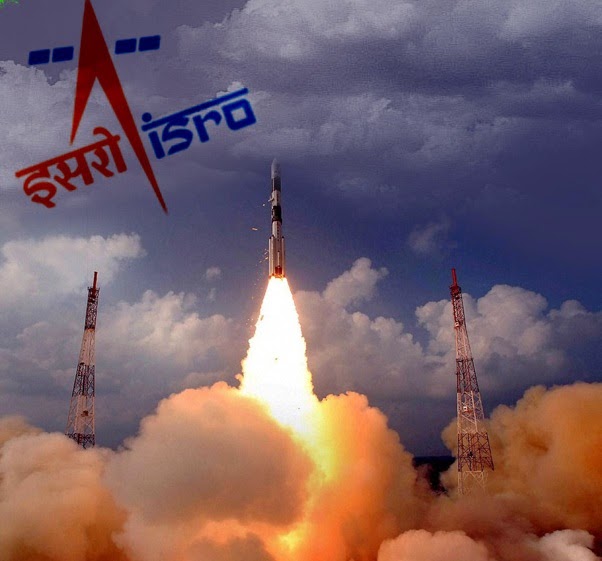(ISRO) launched the Polar Satellite Launch Vehicle (PSLV-C23) rocket at 0952 hours on June 30, 2014 from the Satish Dhawan Space Centre located in the island of Sriharikota, Andhra Pradesh, adding yet another feather to its achievement cap.
The launch of PSLV-C23 was special because it successfully launched five international satellites which included the French Earth Observation Satellite SPOT-7, the Canadian NLS7.1 (CAN-X4) & NLS7.2 (CAN-X-5), the German AISAT, and the VELOX-1 from Singapore.
The successful launching of five satellites from developed nations further cements India’s position as a leading nation with state-of-the-art space technology. India has proven technology for launching space satellites and the fact that India is able to launch satellites at the lowest cost opens up tremendous opportunities to commercially exploit this advantage.
Reaffirming the government’s commitment to continuing the space program, the launch was witnessed by the Prime Minister, Narendra Modi, who congratulated all scientists of ISRO, led by Dr K. Radhakrishnanand all related organizations, whose efforts made this launch successful. He drove home the point of our advantage in low cost of technology by stating that the PSLV launch cost less than the making of the Hollywood film Gravity.
Continuing his positioning as a leader with an inclusive outlook, he appealed to the scientists of ISRO to develop and launch a satellite exclusively focused on SAARC so that all nations of the region could share the gains of Indian research and technology.
Till date ISRO has successfully launched 35 satellites from 19 countries using indigenous technology. India now needs to develop technologies in re-usable rockets that can carry heavier loads over greater distances.
Another mission from ISRO being closely watched is the Mars Orbiter Mission Spacecraft, which was launched by the PSLV-C25rocket on 05 November, 2013. The Mars Orbiter is on a mission to reach the Mars Orbit for further research and study. As on June 12, 2014, the Mars Orbiter had travelled 466 km out of the total journey of 680 million kms. The success achieved so far must be seen in light of the fact that countries like China and Japan, with fairly advanced space technologies have failed in their attempt to successfully launch a spacecraft to Mars. India will be the first Asian space agency to reach Mars.
ISRO was formally set up on August 15, 1969 to establish India’s Space Research Program. Its first satellite was Aryabhata which was launched using a Soviet Union launch rocket on 19 April, 1975. Rohini was the first satellite to be launched using indigenous rocket launch technology in 1980.
In 2008, ISRO launched the Chandrayan I satellite on a lunar probe and was successful in positively confirming availability of water on the moon. Chandrayan II is now planned to demonstrate soft landing technology on the moon. It will be configured as a 2-module system comprising of an Orbiter Craft and a Lander Craft.
The launch technology program has seen ISRO evolve its technology from the initial Satellite Launch Vehicle (SLV) to Augmented Satellite Launch Vehicle (ASLV), Polar Satellite Launch Vehicle (PSLV) to Geosynchronous Satellite Launch Vehicle (GSLV & GSLV Mark III). The GSLV Mark III program is being designed to carry satellite payloads of 4-5 tons and place them to Geosynchronous Transfer Orbit.
ISRO has set out on a journey to develop advanced technologies in both satellite and rocket launch technology. The other missions ISRO is currently working on is a manned reusable space craft that will be the first step towards further manned missions to space.
ISRO is also pursuing the study of solar corona and is developing Aditya 1 satellite to be launched by a PSLV rocket to a polar orbit of 800 kms.
India has already demonstrated a lead in low cost space research and technology and it must share the knowledge gained with other nations that do not have access to space research. Only then will India be recognized as a true leader in space technology.

No comments:
Post a Comment